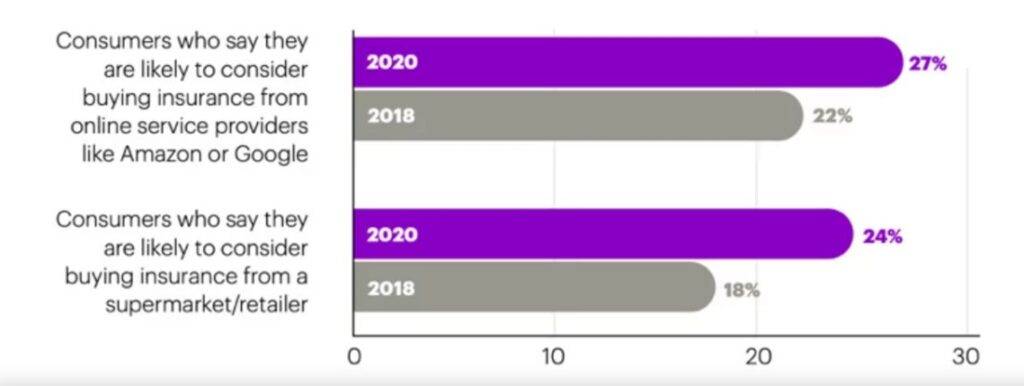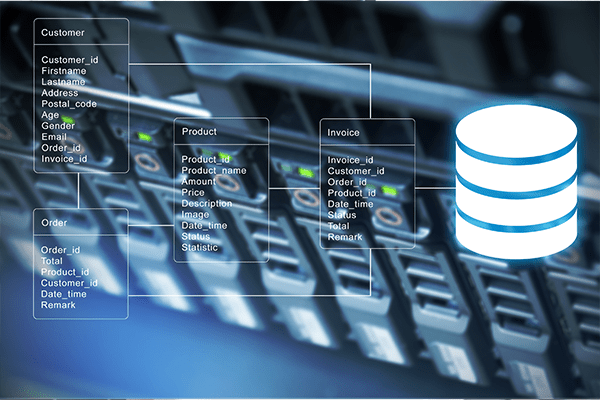It’s been a while since Quality Assurance (QA) was nothing more than quiet back-office work to fix bugs. Today, QA is a top business driver, ensuring software delights users as well as functions with seamless performance. Successful QA also builds greater trust between business and tech departments, when new software does what it’s supposed to and increases operational efficiency without bugs and delays. And now, the emergence of GenAI is opening doors for better and faster QA. The improvements are exponential in some cases and in others, the repetitive tiresome parts of automation are handled diligently.
Table of Contents
It’s been a while since Quality Assurance (QA) was nothing more than quiet back-office work to fix bugs. Today, QA is a top business driver, ensuring software delights users as well as functions with seamless performance. Successful QA also builds greater trust between business and tech departments, when new software does what it’s supposed to and increases operational efficiency without bugs and delays. And now, the emergence of GenAI is opening doors for better and faster QA. The improvements are exponential in some cases and in others, the repetitive tiresome parts of automation are handled diligently.
Our experts have spent years testing, debugging, and developing applications under impossible deadlines. Now we can confidently say this: GenAI is the biggest revolution to happen in decades, and it’s changing Quality Assurance for the better. Let’s break down how this technology is reshaping QA and how it’s becoming indispensable for any company serious about quality.
What Is GenAI?
Generative AI (GenAI) is a new class of artificial intelligence designed to actively generate new data, rather than simply analyzing existing information. Now, you’re no longer limited to just processing data and gaining valuable insights—you can generate any new content that you want.
Whether it’s lines of code, realistic images, or predictive suggestions, GenAI can provide. Models like ChatGPT (OpenAI) or Gemini (Google) are prime examples on the radar.
In QA, this means GenAI can actively write test cases, spotting patterns you might miss, and even predicting what might break next. It’s like having an assistant who’s tireless, super-intelligent, and always ten steps ahead. Which is exactly what you want for your QA team.
How GenAI is Reshaping Quality Assurance
Quality Assurance is primarily about managing complexity. From endless test cases to automation scripts, bug triaging, and more—you’re familiar with the chaos. Here’s how GenAI steps in to simplify everything.
- Smarter Test Case Generation: Writing test cases can be hectic and time consuming, especially when dealing with edge cases that traditional methods often miss. GenAI can analyze your codebase, design documents, and even user behavior to produce intelligent, comprehensive test cases in minutes.
- Predictive Bug Detection: GenAI excels at spotting patterns proactively. By combing through historical test logs and data, it predicts where bugs are likely to surface. Now, you can highlight risk areas before your developers even write the next line of code
- Automation Script Generation: As your product evolves, maintaining automation scripts can seem challenging. By maintaining a test estate, GenAI can generate and update scripts on the fly, ensuring your test suite doesn’t break every time the UI changes.
- Comprehensive Documentation: Let’s be honest: Not every stakeholder is an expert in QA. In fact, most of them aren’t. In this case, digging through raw data might seem impractical for them. That’s where GenAI’s Natural Language Processing (NLP) capabilities can help bridge the gap between the technologists and everyone else. NLP can summarize results into clear, digestible insights. It can even generate user-friendly manuals that developers will be thankful for.
- Prioritizing What Matters: Not all bugs are equal. Some are annoying, while others can mess your app’s reputation overnight. GenAI helps you focus by analyzing defect impact, user behavior, and system dependencies, then ranking bugs in order of priority.
- Visual Testing for GUI Apps: For apps with heavy visual elements, GenAI’s image recognition tools are pixel perfect. It compares actual UI screens against expected designs, flagging misalignments, color mismatches, or other visual quirks much faster than any manual tester could.
- Adapting to Change: With continuous integration and deployment (CI/CD), QA often struggles to keep up with rapidly evolving codebases—but this is where GenAI thrives! It continuously learns from production data to refine tests and suggests new areas for improvement.
The Benefits You Shouldn’t Miss Out On
The secret ingredient to optimizing the SDLC and assuring the quality standard of the final product lies in integrating GenAI into QA. There’s no way you would want to miss out on the following perks:
- Speed to Market: When you’re working under tight deadlines, every second counts. GenAI slashes the time spent on repetitive tasks like test generation or bug triaging, so your team can focus on what matters.
- Fewer Missed Bugs: It’s human to miss things, but GenAI has the perfect focus. What’s more? (or rather, what’s less?) — the number of undetected bugs that a human eye might overlook.
- Cost Savings: Time is money, and GenAI saves both. By automating tedious tasks and reducing late-stage defects, you can lower labor costs and avoid expensive post-release patches
- Future-Proof Scalability: GenAI grows smarter the more you use it, making it the best investment for your growing organization. It’s powerful enough to handle growing data and can seamlessly adapt to increasing complexity (without wearing down like legacy tech).
Some Challenges to Keep in Mind
As much as we can appreciate the possibilities of GenAI, let’s not overlook some common hurdles.
- Data Privacy: As you open the floodgates of your data to train GenAI, you need to stay vigilant about protecting sensitive information and complying with regulations like GDPR and/or CCPA. Look to industry best practices for ways to decrease exposure without giving up on the benefits of GenAI.
- Bias in Data: AI is only as good as your data. Poor-quality or biased datasets can lead to skewed results, so quality control is essential.
- Integration Overhead: Rolling out GenAI in your existing workflow might not always be plug-and-play. It’s advisable to plan for the time and effort needed to train your teams and finetune the technology. Indeed, training is key to getting the most out of GenAI, whether that is for the solution or the user.
- Human Oversight: GenAI is your new tool, while you continue to remain the decision maker. You still need experienced testers to train the system, interpret results, and make judgment calls when needed.
What’s Next for GenAI in QA?
These are only a few use cases for GenAI today. The technology is evolving so quickly that we expect new benefits and new capabilities in the near future. Here are a few trends you should particularly be excited about:
- Self-Healing Test Automation: Imagine scripts that don’t break every time the UI changes. GenAI is paving the way for automation frameworks that can adapt and repair themselves.
- Context-Aware Testing: Future GenAI models will understand business logic, user intent, and customer impact, enabling even smarter test coverage.
- Autonomous QA Agents: AI bots will be capable of running tests, triaging bugs, and even fixing minor issues in real time.
- Better Collaboration: GenAI-powered tools will bridge communication gaps between QA teams, developers, and product managers, ensuring alignment and promoting collaboration.
On a final note
GenAI is the ultimate upgrade for QA. You can turn tedious manual tasks into efficient, automated workflows—and then automate your automations. Your insights will be far more accurate and relevant with fewer errors. However, your road to success with GenAI will require careful planning and high-quality data monitoring. Top it off with the right mix of human expertise and AI power, and you’re all set!
For those of us who’ve spent sleepless nights chasing bugs or finetuning automation scripts, GenAI feels like the future we’ve been waiting for. And if you’re not already exploring it, you’re missing out—not just on a tool, but a competitive edge.
Ready to learn more about how advanced technologies like GenAI can help your insurance business? OwlSurance is here to help navigate these uncharted territories with you.










